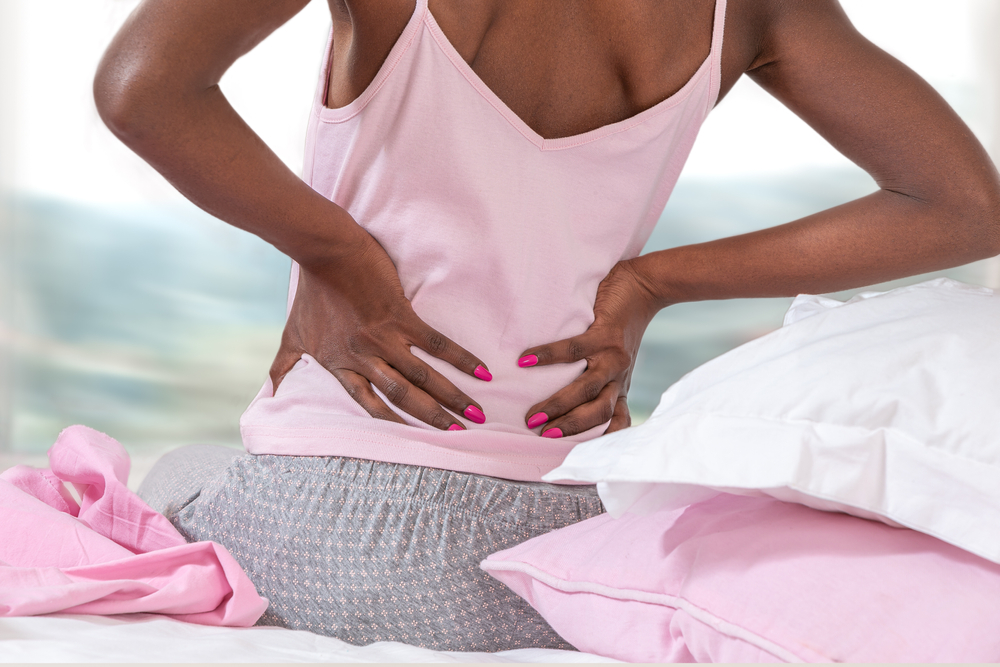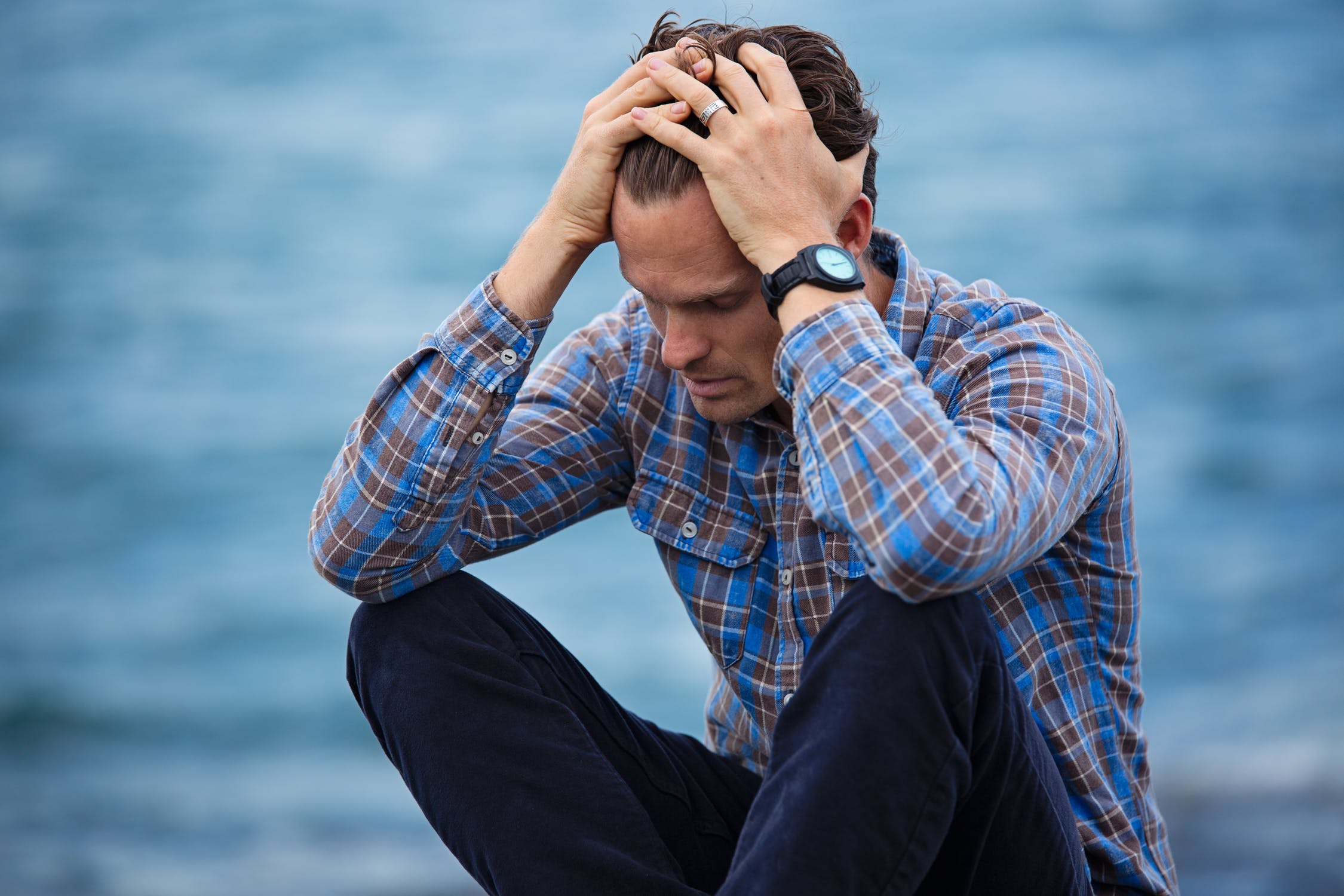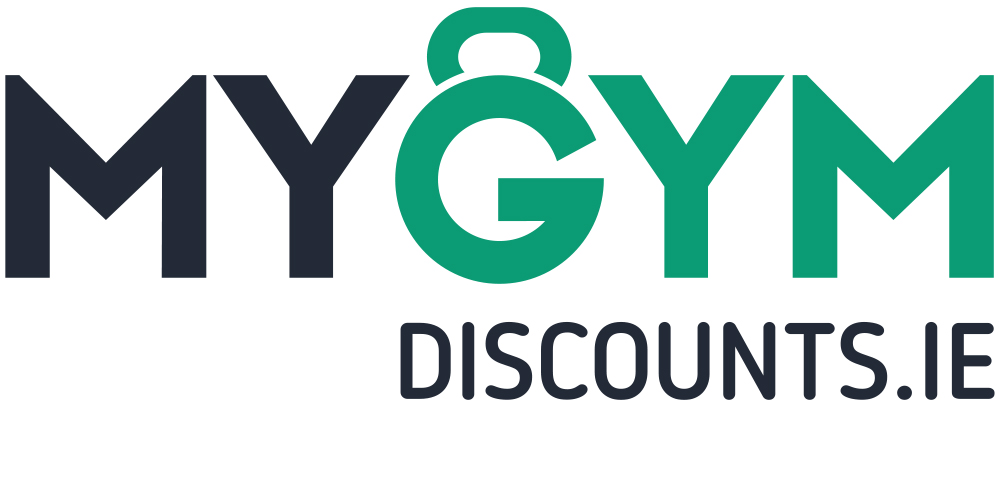Back pain is one of the most common reasons for missed work and can be made worse by sedentary lifestyles. A combination of sitting in front of a computer all day with a lack of exercise is a perfect storm. However, simple lifestyle changes can help to ease aches and pains.
Keep active
Exercise is the easiest lifestyle choice to help pain as staying active strengthens your back muscles. Due to the nature of back pain, you don’t want to make it worse by doing an intense workout. Therefore you should look into gentle physical activities instead, such as walking, yoga, cycling, swimming or gentle gym workouts.
Get enough well-rested sleep
Disrupted sleep is common for people with chronic back pain and sleep deprivation can worsen inflammation. You should invest in a good quality mattress and try to vary your sleeping positions. Placing pillows strategically may help ease pressure and reduce pain. If you sleep on your side put a pillow between your knees. If you prefer to lie on your back, put two or three pillows under your knees.
Attend body work sessions
Depending on the type of back pain you have and what your doctor recommends, body work can help manage pain. It includes chiropractic, osteopathy or physiotherapy. Chiropractors deal with assessing, diagnosing and managing spinal conditions. Chiropractors use manual treatments such as spinal manipulation, where they use their hands to move restricted joints. They will also do a full assessment before treatments begin including examinations and possibly even tests. Osteopathy detects, treats and prevents health problems by moving, stretching and massaging a person’s muscles and joints. Osteopathy can increase or restore joint mobility, relieve muscle tension, reduce pain and stiffness in muscles and joints, improve blood flow and enhance tissue elasticity. Physiotherapy can help manage back pain, speed up recovery and help prevent the problem reoccurring. A physiotherapist will find the source of your back pain and look at methods to stop further problems, treatments can include manual ones and acupuncture.
Use heat and cold packs for back pain
Applying heat or cold treatments may help reduce your pain. However, you should speak to your GP or physio to discuss how to apply it safely. Cold treatments such as an ice pack or bag of frozen vegetables help to reduce inflammation and swelling in the short term. You should never put the ice pack directly onto your skin as it could cause a cold burn so make sure you wrap it in a tea towel. Heat treatments such as a hot water bottle or a bath are great for instantly reducing tension, cramping and muscle spasms.
Try water therapy exercises
Water therapy exercises are done in a pool, specifically designed to provide relief for back and neck pain. The water can help ease strain on your joints to strengthen and gently stretch muscles. The Arthritis Foundation have found that simply floating in warm water can relax muscles and release tension while increasing circulation. It can also be less painful to work out in water than on land and the water can help take your mind off of the pain.
Incorporate vitamin K into your diet
Vitamin K plays an important part in bone health as it’s believed to help calcium deposit in the bones and makes them denser. Stronger bones mean a stronger body and less chance of an injury that could cause back pain. It can be found in green vegetables such as kale, spinach, turnip greens, parsley, green leaf lettuce, Brussels sprouts, broccoli and cabbage. It’s also in fish, liver, meat, eggs and cereals.
Improve your posture
Sitting at a desk for eight hours every day can damage your back and create bad posture habits. Bad posture and lack of back support can add strain to muscles and put stress on the spine. Poor posture can lead to constricted blood vessels and nerves as well as problems with muscles, discs, and joints. To avoid serious back problems, you should adopt good posture when possible. If you are sitting in front of a computer all day then you should have your back against a well-supported chair and have both feet flat on the floor.
Stay positive about back pain
When you’re in pain it can be difficult to stay positive and keep an upbeat mood, however, research has shown that positive thinking can be just as effective as painkillers. Psychological factors play a role in managing back pain and negative thoughts about the condition can slow down your recovery. You should pace yourself after having back problems and don’t jump back into doing lots of activities straight away.
Read more: Fitness Tips for Working a 9-5 Job




